Table of Contents Show
When hearing the word “burro,” many think of the pack animal miners carrying their equipment (and gold!) while prospecting. This hooved mammal did the job, and like its namesake, the Burro camper can carry RVers to and from campsites with minimal effort.
Designed with the bare essentials, this little travel trailer can carry all the tools you need for a lavish camping trip. You can also strip it to its hide for a quick getaway. But, as with the animal, this Burro is getting harder and harder to find.
What Is a Burro Camper?
Many know the small white travel trailer with shell-within-a-shell fiberglass construction of a vintage Burro camper. This construction technique produces a trailer that is lightweight, durable, and easy to tow. They even molded the furniture inside to the fiberglass with resin, creating a consistent flow to the design.
Made in 13-foot and 17-foot lengths, the Burro had just enough equipment to meet the needs of weekend campers. But the company offered several kits to ‘trick out’ its trailer, with upgrades like a three-way refrigerator and cushions, so RVers could personalize their Burros to their own needs.
The space between the two shells is filled with foil-backed fiberglass insulation to help in regulating outdoor temperatures within and keep moisture at bay. The exterior surface of the Burro is treated with a gel coat finish. There are no rivets, so water leaks are not a concern in the fiberglass shells. With rounded corners on a small footprint, the Burro is easily recognizable, and collectors clammer to find older models for renovation.
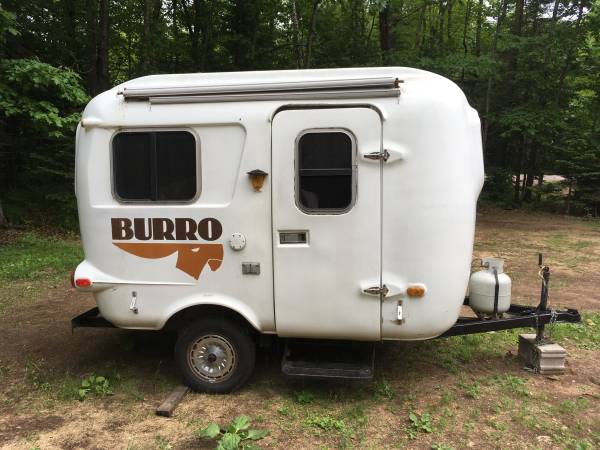
The History of the Burro Camper
Beginning in the early 1970s in Plymouth, Minn., the Burro caught the eye of many RVers looking for a small, lightweight travel trailer that was easy to maintain and had minimal amenities. Burro continuously manufactured its capers in Plymouth for a decade, when the company moved its production line to Sac City, Iowa. It was here that the company added a larger 17-foot trailer to the brand.
After a few good years, Burro could not continue its growth. Mismanagement put it into a downhill slide, and creditors finally confiscated the fiberglass molds. The company all but disappeared by 1990. However, like a phoenix, it rose a few years later, finding traction in Escondido, Calif., with new molds.
The new location was close to several fiberglass fabricators, and the future looked promising. But sadly, the company could not overcome legal difficulties and closed up shop soon after its move, with all molds and production equipment disappearing.
Keep in Mind: Are you a rude RVer? Check out the 10 Rudest Things You Can Do While Overnight RV Parking to make sure you’re not!
Why the Vintage Burro Camper Is So Popular
The Burro is like a blank canvas for a travel trailer, with the bare minimum in equipment and amenities. Many campers love finding a vintage model and equipping it with separate “kits.” And renovations on these units are usually an easy task, as there aren’t many structures to replace. Just add upgrades as desired!
Gel Coat Finish
There’s a full seal on the Burro outside with the shiny gel coat finish. This finish has also helped aged Burros maintain their exterior appearance. And because the construction is without rivets, there is no risk of leakage within.
Double Shell Construction
The fiberglass shells act as thicker insulation and a better sound barrier with space in between each. Instead of walls built with wood or steel framing, a Burro is lighter in weight and easier to maneuver and tow.
Easy to Tow
The Burro camper has two lengths: 13 ft and 17 ft. And with its fiberglass construction weighs less than comparable trailers, making it much easier to tow behind small SUVs and trucks.
In fact, the shorter model weighs only 1,100 (before added kits), and the larger model weighs in at 1,800. So the Burro can be towed by some smaller vehicles.
Full Set of Features
Because the Burro starts with a base build, RVers can add the equipment and amenities they want without any extras. The company offered a wood kit, which had wooden tabletops and cabinets. You can add an appliance kit with an icebox, stove, propane tank, water tank, and roof vent.
An electrical kit includes a GFI outlet, wires, and furnace mount lights. They even provided a decorator’s kit with cushions, curtains, and upholstery.
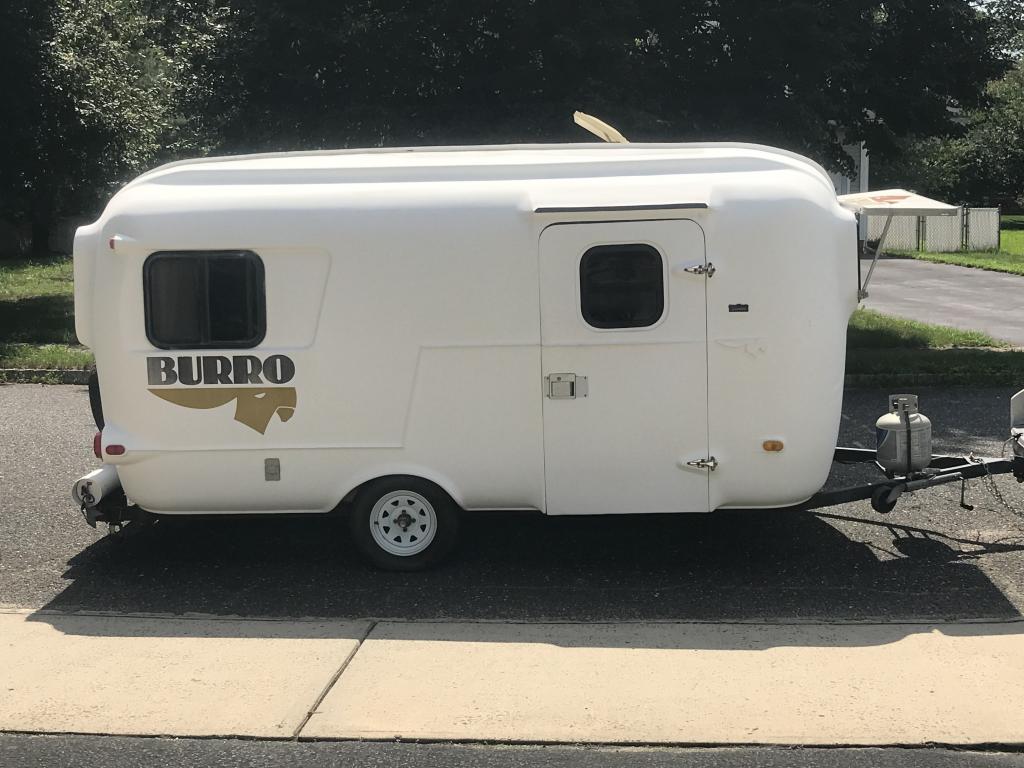
Are Burro Campers Still Made?
Regrettably, Burro campers are no longer manufactured. Unlike most travel trailers, the company required fiberglass molds rather than a construction assembly line dealing with wood or steel framing and built-in furniture. The molds got confiscated when Burro fell into legal problems, and the company then dissolved.
Pro Tip: You may not be able to purchase a Burro camper, but here are The Best Cheap Travel Trailers in 2022 you can buy!
How Much Does a Vintage Burro Camper Cost?
Today, many RVers can pick up a Burro camper for under $5,000. But because their production ended in the 1990s, they are becoming harder and harder to find.
Several Burros are still on the road, providing shelter for campers, but they are few and far between. Collectors picked up these retired trailers and either left them in their present state or renovated them to reflect the Burro’s original creation.
Vintage Burro Campers Haven’t Lost Their Popularity
It’s always a treat to see a Burro camper at a campsite. In fact, Burro owners anticipate requested tours by admirers. They know that the sight of this unique trailer is becoming less frequent and are happy to showcase a little piece of Americana to those who can appreciate a vintage Burro in its native surroundings!
Have you ever seen a Burro camper?




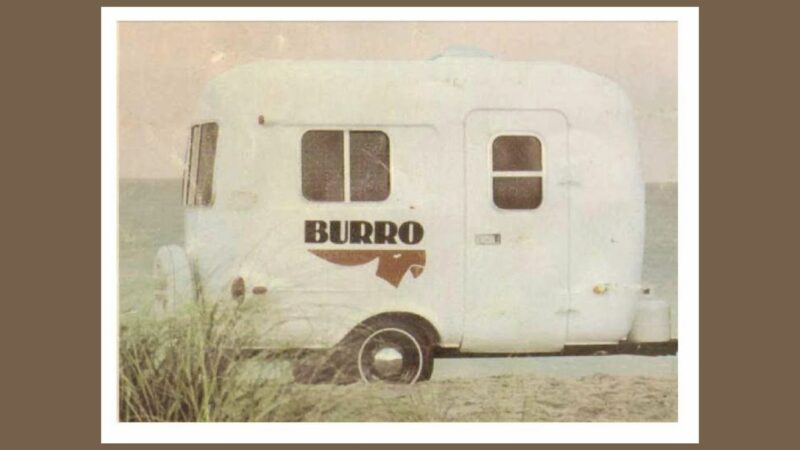
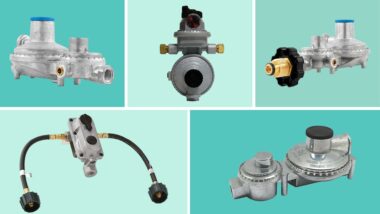
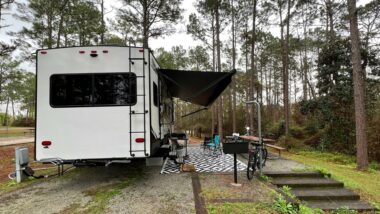
I own a 1999 17’ wide body Burro.
Just sold an 82 for $500